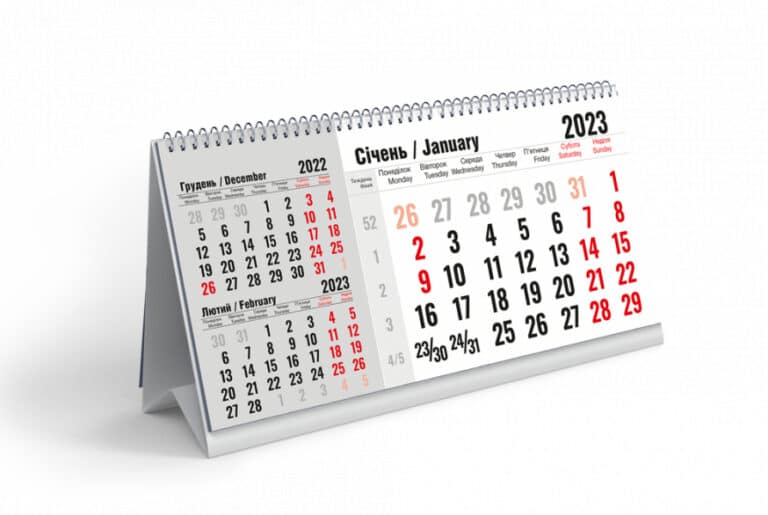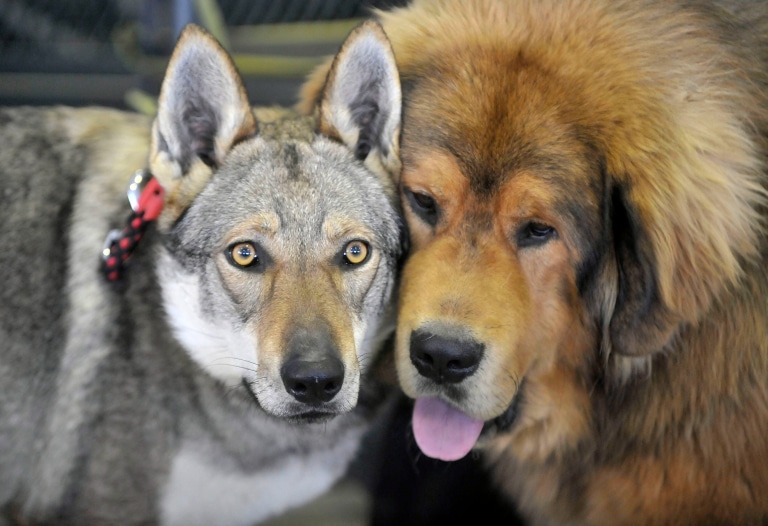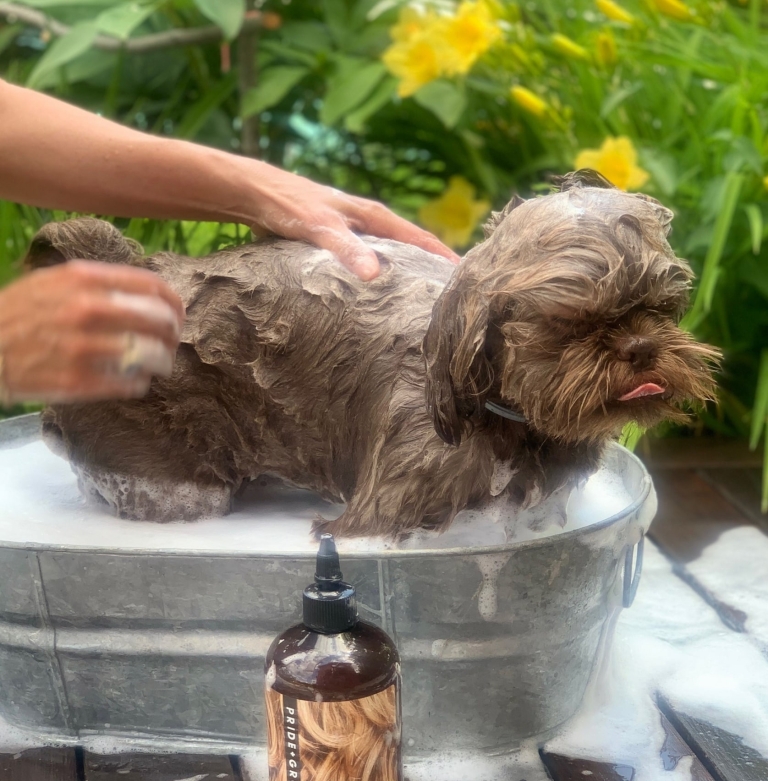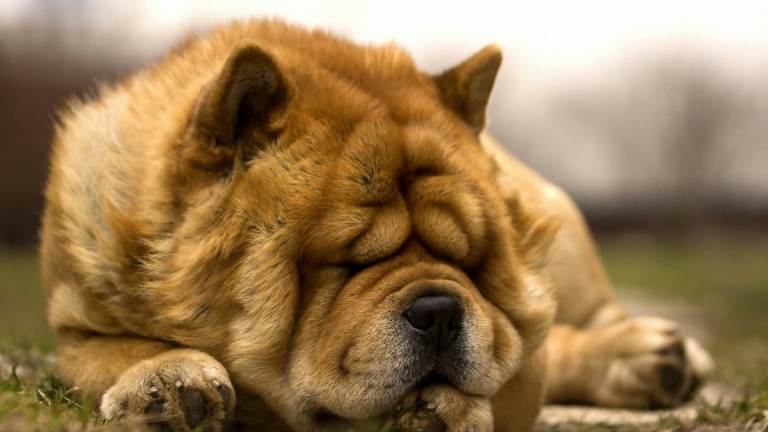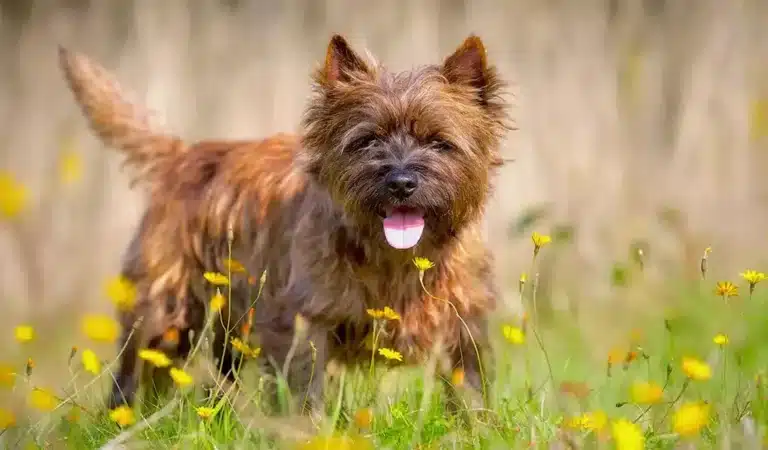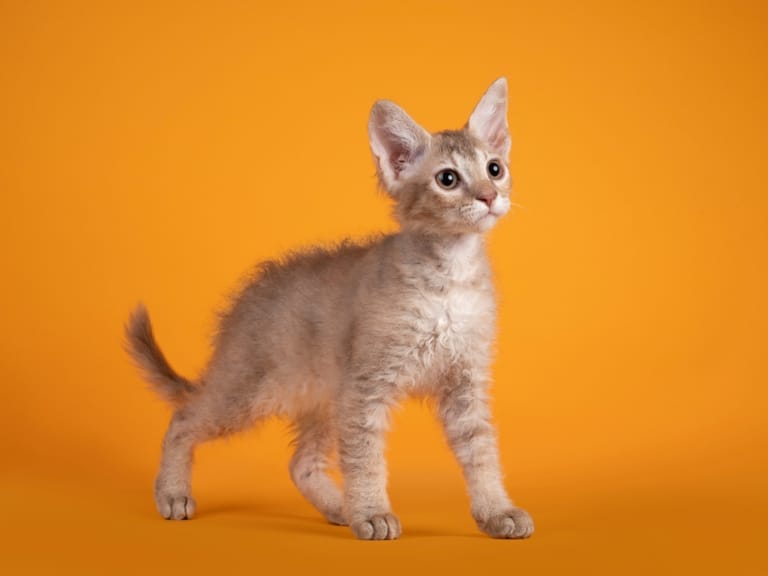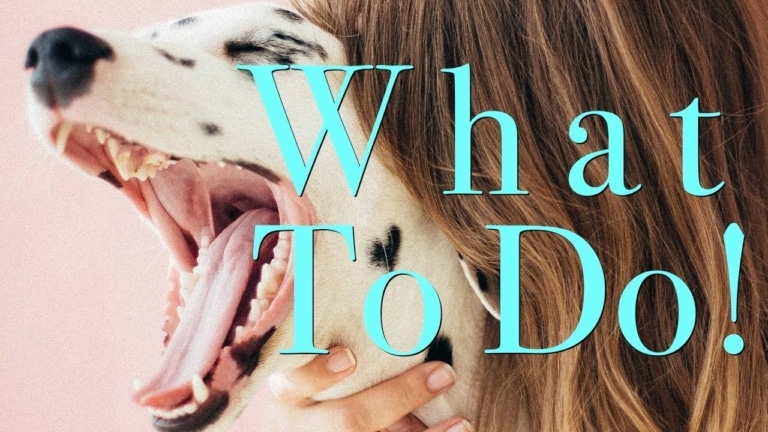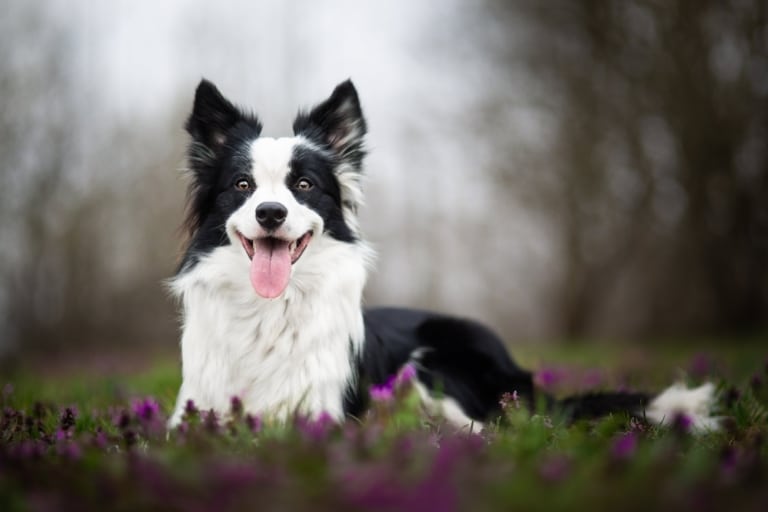Understanding the Needs of Different Breeds
An important aspect of effective care for a dog’s fur and skin is understanding when is the best time to take the pet for grooming. This is particularly relevant considering that different dog breeds have varying needs for fur care.
Dogs with long fur, such as Yorkshire Terriers or Maltese, require more frequent and thorough grooming to prevent matting and maintain good fur condition. On the other hand, short-haired breeds, like Beagles or Labradors, require less grooming. However, regular trimming and cleaning are necessary to keep the skin healthy and avoid fur problems.
For breeds with curly or wavy fur, like Poodles or Bichon Frises, a special approach is needed. Their fur tends to mat quickly and can cause discomfort to the animal. A well-chosen grooming schedule helps maintain the fur in optimal condition, making daily care easier.
Thus, understanding your dog’s unique grooming needs based on its breed, age, and type of fur is key to maintaining its health and beauty.
Optimal Frequency of Grooming
Determining the optimal frequency of grooming depends on several factors, including the breed, age, lifestyle of the dog, and type of fur.
For most medium and large breeds with normal fur, professional grooming is recommended every 6-8 weeks. This helps prevent matting, keeps the fur clean, and reduces the risk of skin diseases. It is especially important to adhere to this interval for dogs with thick or long fur, such as Golden Retrievers or Collies.
For breeds with fast-growing fur, like Poodles or Shih Tzus, more frequent groomer visits may be necessary – approximately every 4-6 weeks. This is needed to maintain the shape of the haircut and prevent matting.
Short-haired breeds, such as Boxers or Bulldogs, require less grooming. For them, professional grooming every 8-12 weeks is sufficient, although regular bathing and brushing at home can be beneficial for maintaining skin cleanliness and fur shine.
It is important to remember that puppies and elderly dogs may have special needs. Puppies should be gradually accustomed to grooming, starting with short sessions. Elderly dogs may need gentler care and frequent breaks during grooming sessions.
Ultimately, it is best to consult with a professional groomer to determine an individual grooming schedule that will be ideal for your pet.
Seasonal Factors and Their Impact on Dog Health
Impact of Seasonal Changes on Care and Health:
Seasonal changes affect the care of a dog’s fur and skin and also play a significant role in maintaining their health. For example, in winter, when the fur becomes thicker to protect against the cold, it is important to regularly brush the dog to prevent the skin under tangled fur from becoming dry and chapped, as this can lead to infections. In summer, a lighter haircut will help the dog stay cool and also prevent seeds and dirt from getting stuck, reducing the risk of skin diseases.
Tips for Fur Care in Different Seasons:
Winter: Fewer baths and more attention to brushing.
Summer: Lighter haircut, regular checking of ears and paws for parasites and debris.
Autumn/Spring: Intensified brushing to manage shedding, cleaning paws after walks.
Preparing for the First Grooming
Preparing your puppy for its first visit to the groomer is a special stage in grooming and is important for determining when to start regular visits. It’s best to start preparing well in advance, so that by the time of the first session, the puppy feels comfortable and calm.
Preliminary Familiarization with Grooming Tools:
Brush: Regularly gently brush the puppy to get it used to the sensation. Start with short sessions and gradually increase the duration.
Clipper Sounds: Let the puppy get used to the sounds of the clippers by turning them on at a distance and gradually getting closer.
Encouragement: Use treats and praise to create positive associations with grooming.
Gradually Increasing Session Duration: Start with short sessions, gradually increasing their length so that the puppy gets accustomed to the process.
If you are a proud puppy owner, we recommend reading the article on adaptive grooming in our blog.
Determining the Optimal Time to Start Grooming:
The ideal time to start regular visits to the groomer depends on the breed, type of fur, and individual characteristics of the puppy.
For many breeds, it is recommended to start grooming when the puppy is between 3 to 6 months old, so it gets used to the procedures from an early age.
It’s also important to consider seasonal factors and health status in relation to the grooming schedule.
V.O.G DOG is here to help and advise
Understanding the optimal time for grooming your pet plays a key role in maintaining its health and happiness. At V.O.G DOG, we share this philosophy and strive to provide grooming services that meet the individual needs of each dog. Our experienced specialists are ready to select the perfect care program, taking into account the breed, age, type of fur, and personal preferences of your pet.
Our professionals will help you decide on the frequency of grooming and the selection of necessary procedures. Ideally, if you regularly visit the same groomer, who will eventually learn all the characteristics and preferences of your Tail-Wagger. At V.O.G DOG, we aim to create such long-term relationships between our groomers and your Tail-Waggers. Our specialists have the necessary skills and knowledge to care for different breeds, pay special attention to recognizing the individual needs of each dog. Let us show how grooming can become an enjoyable and beneficial part of your dog’s life.

